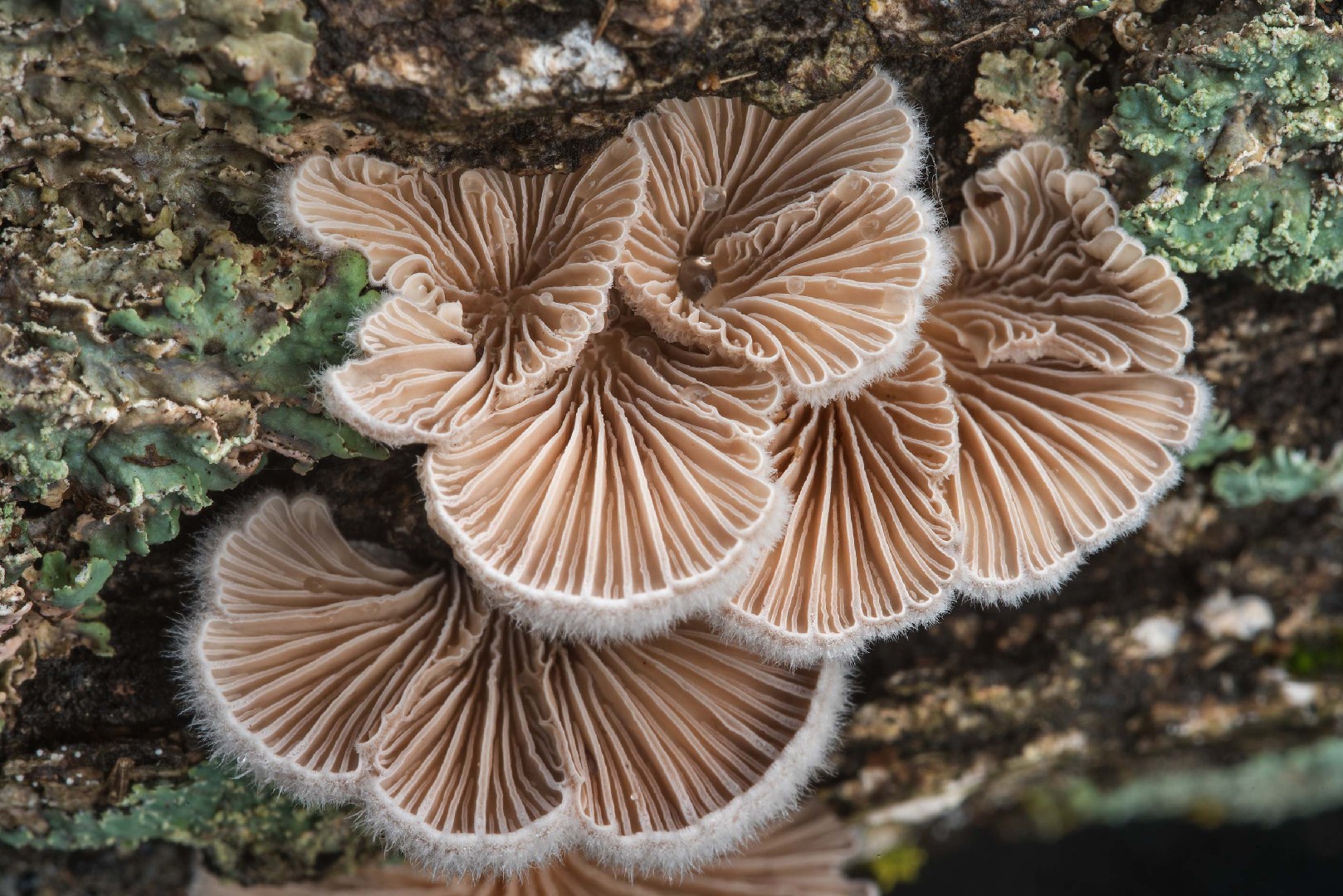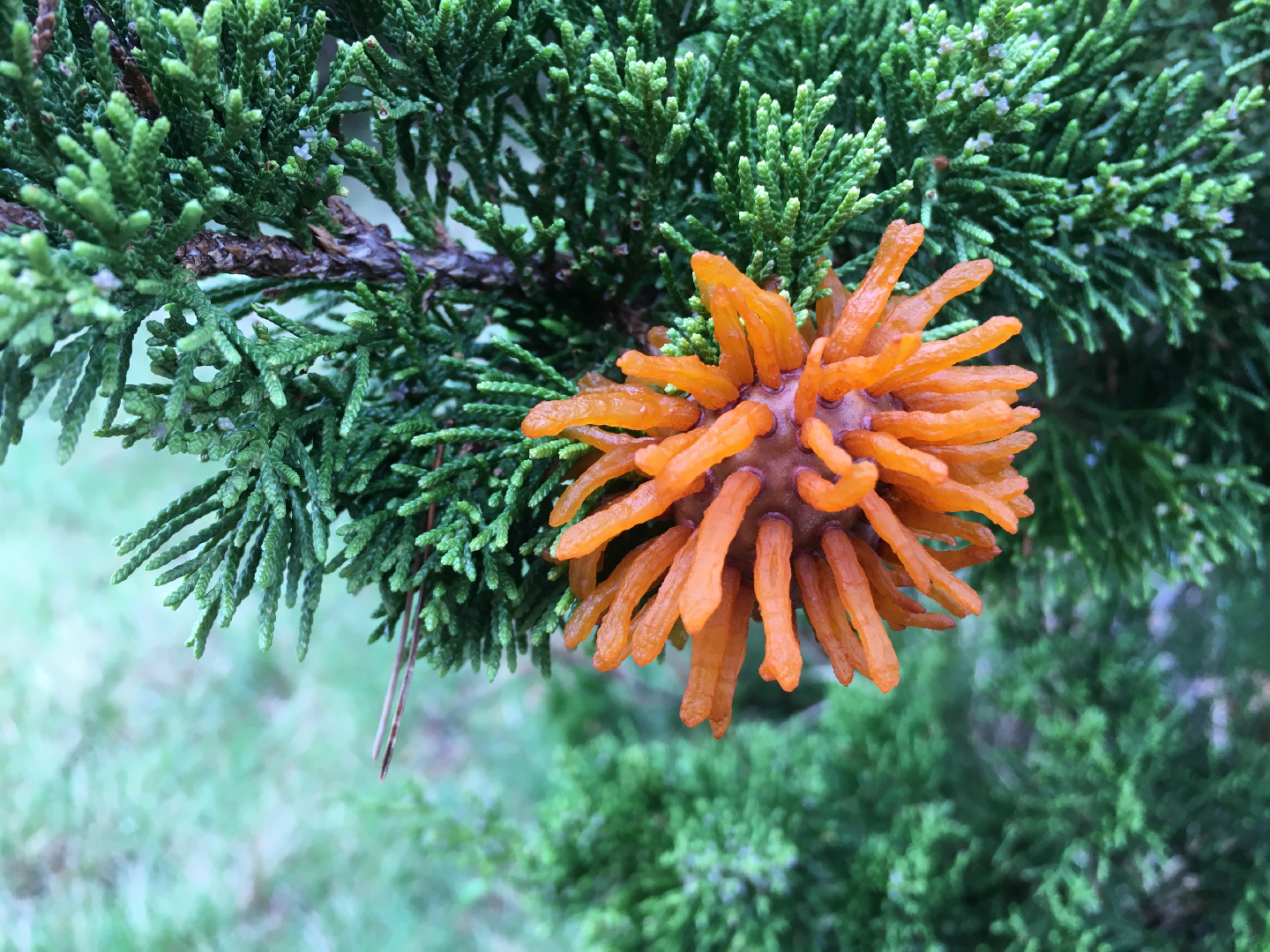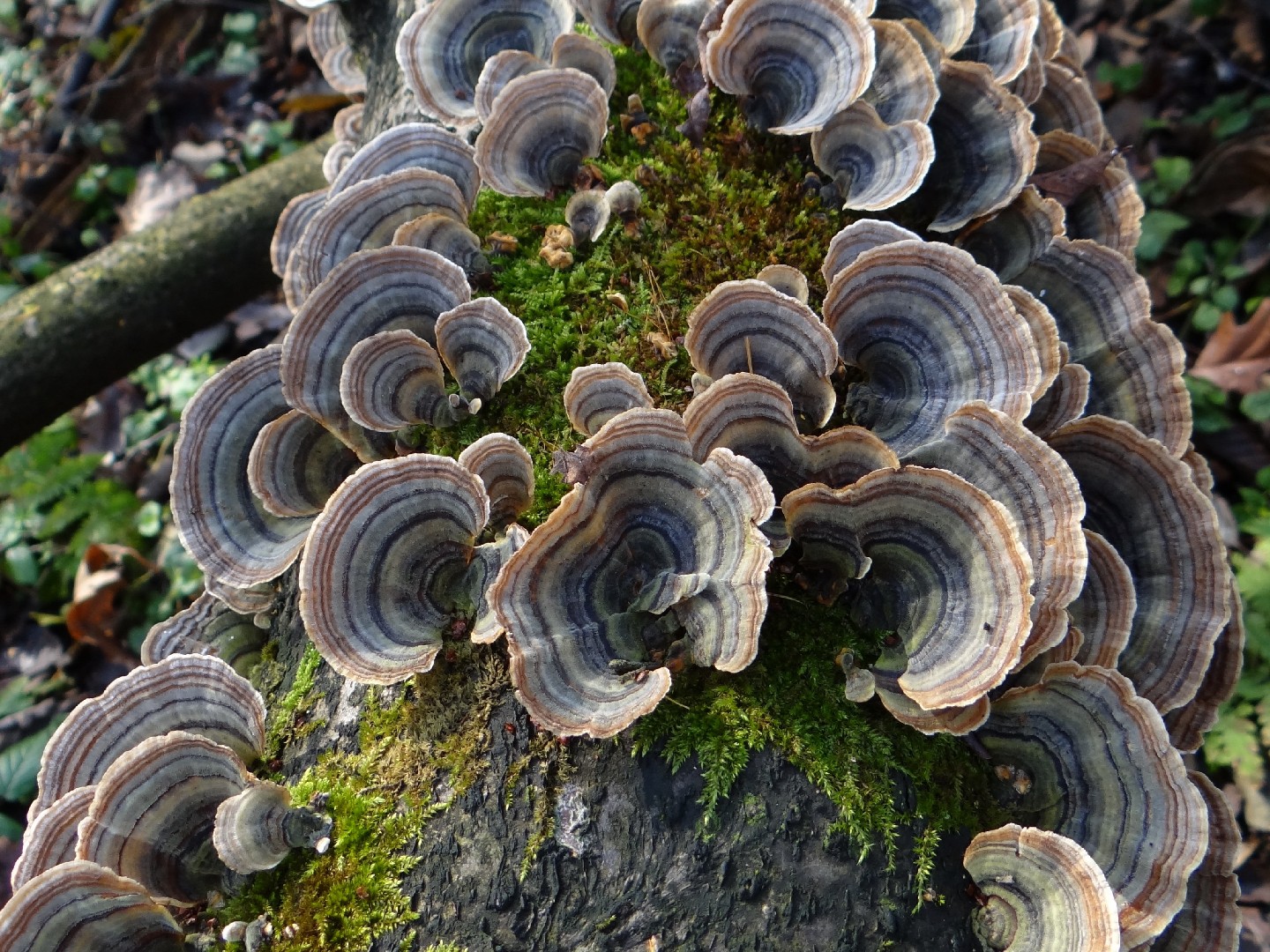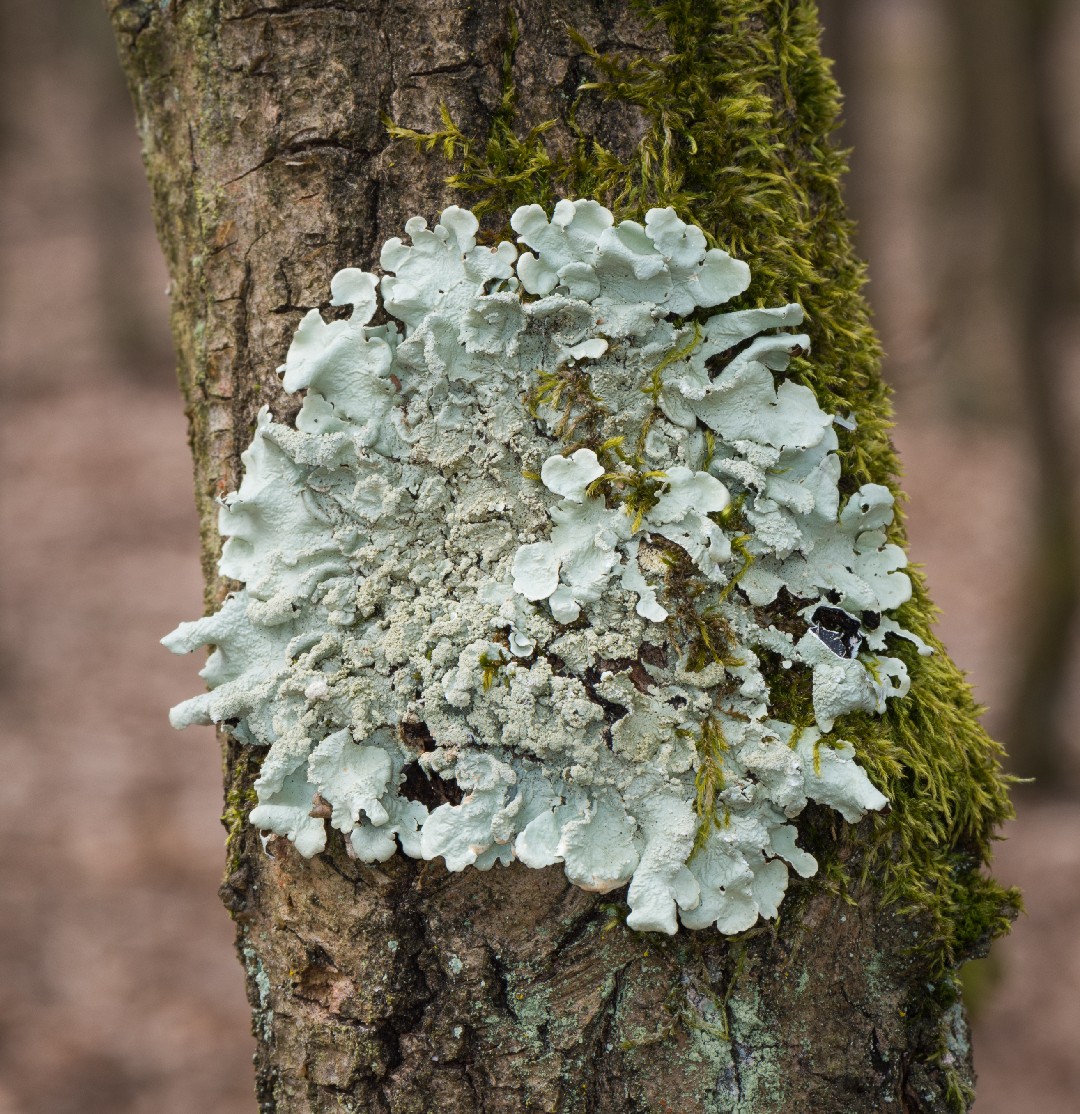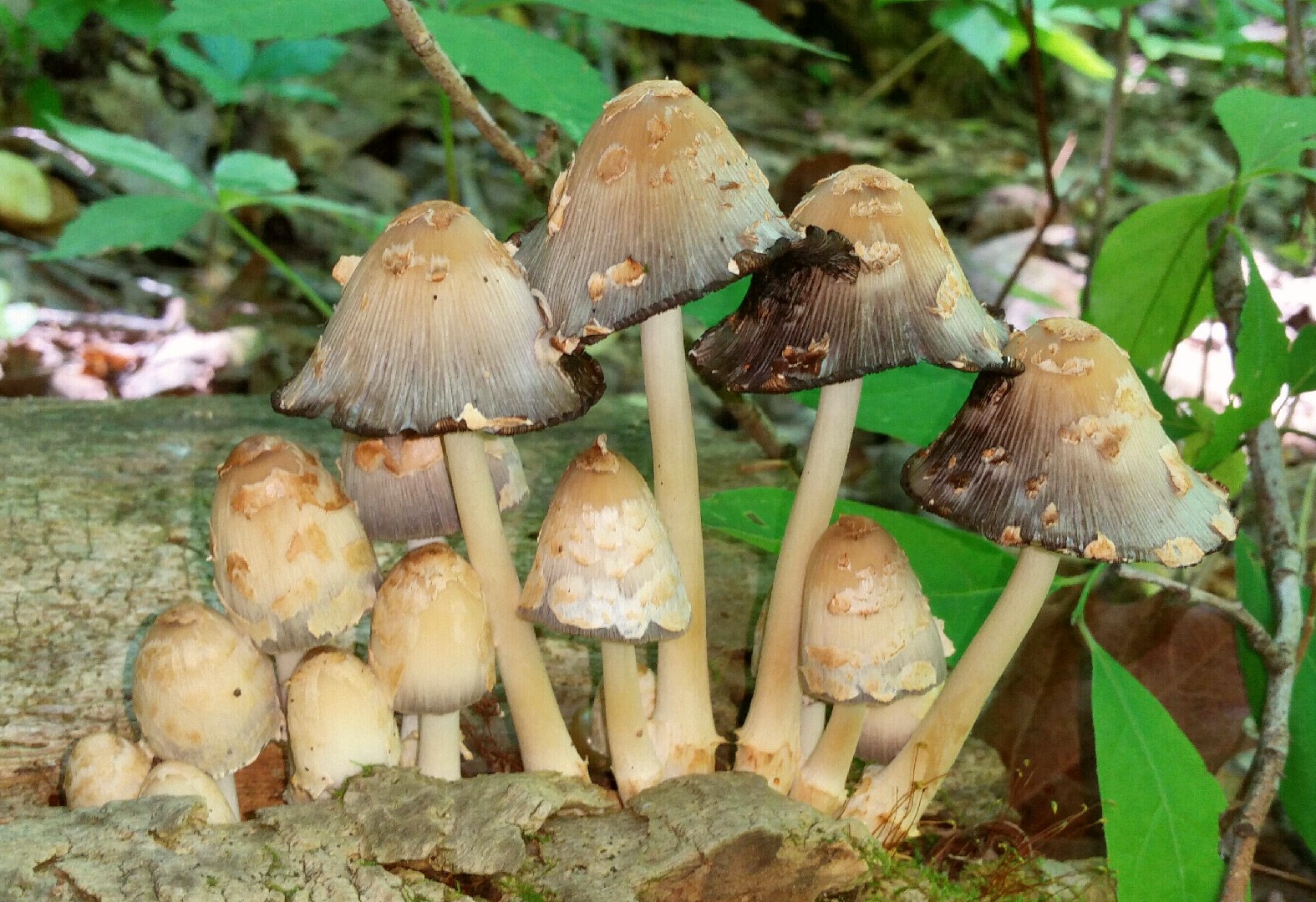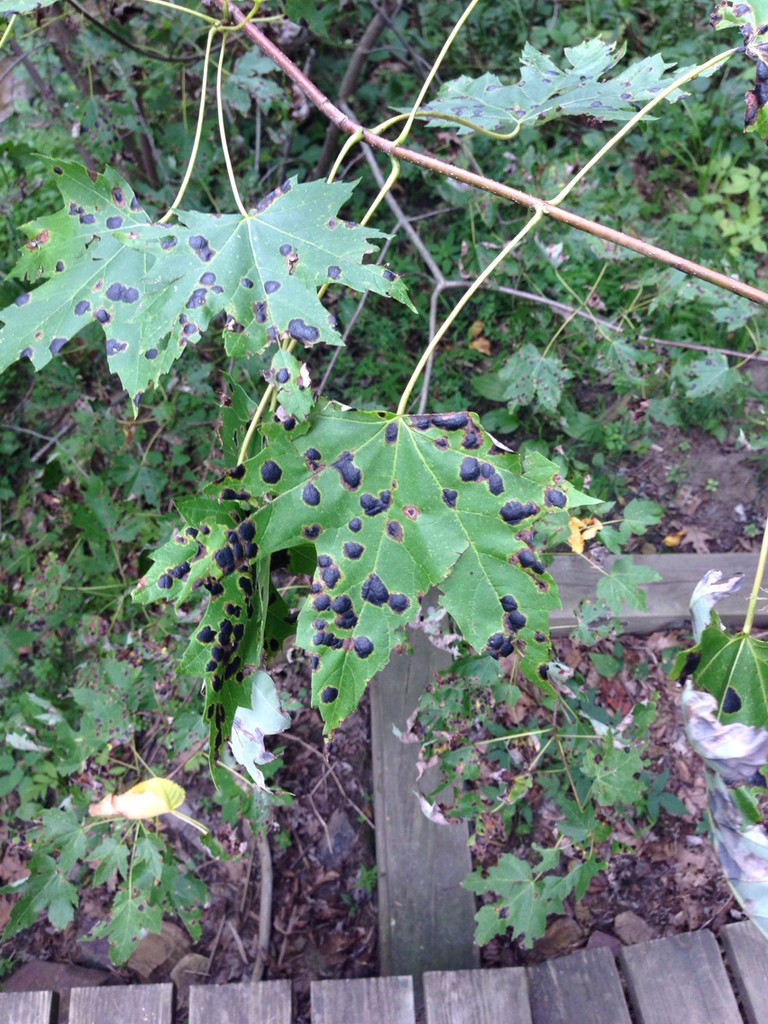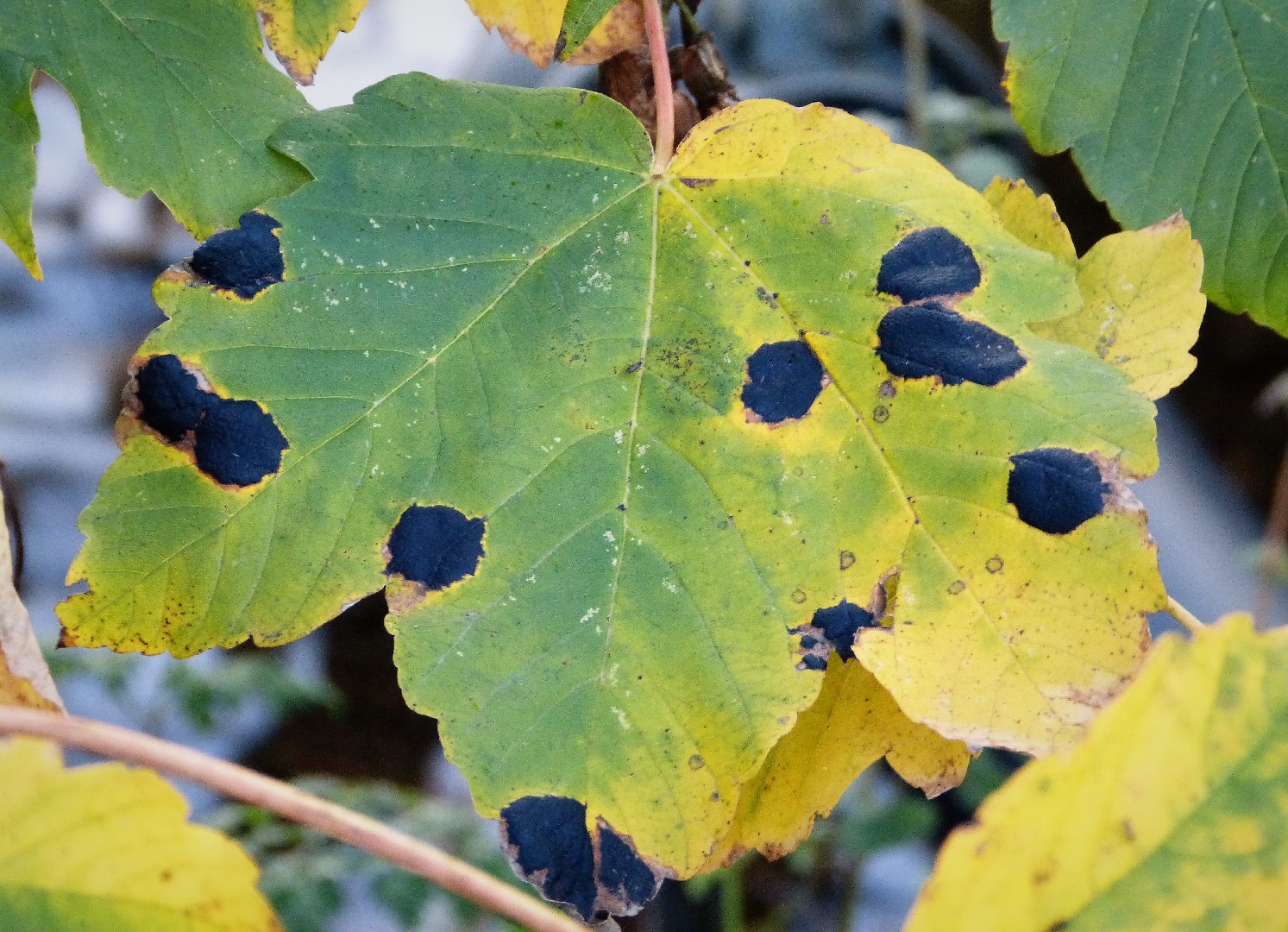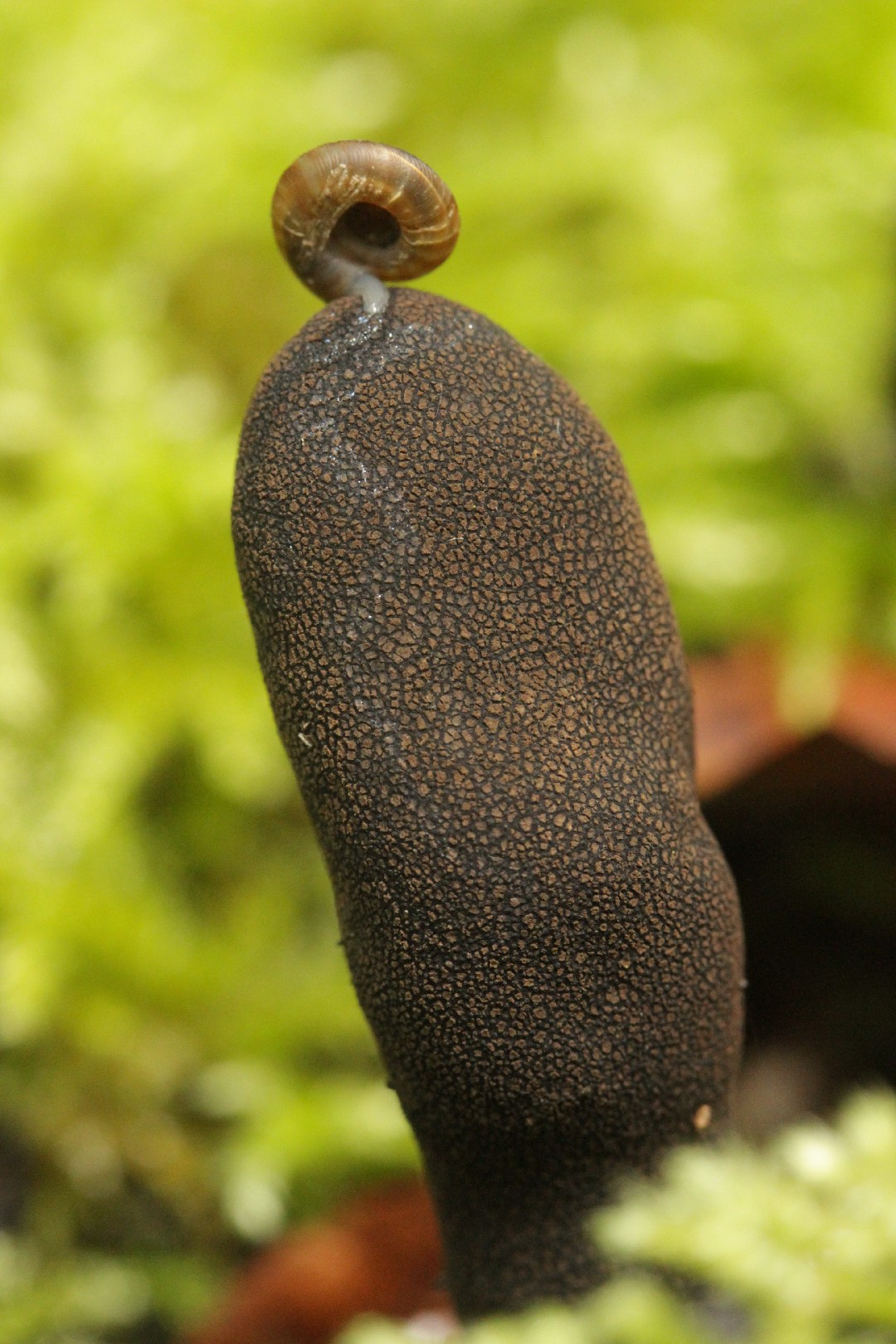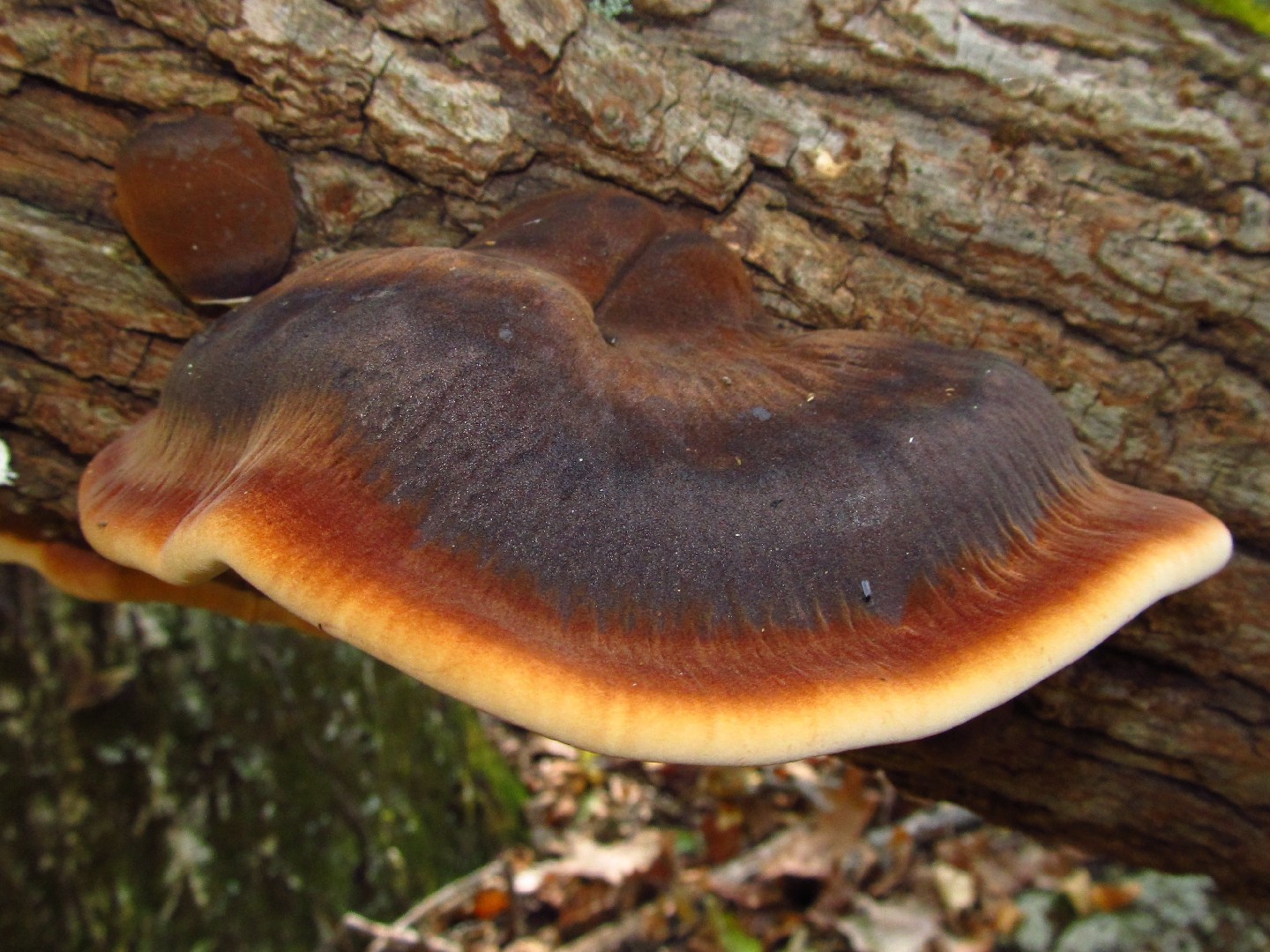Top 20 Most Common Mushrooms in Shakopee
Situated amid natural beauty, Shakopee boasts an unparalleled variety of mushroom species. This city in the heartland is renowned for its rolling plains and forested areas providing perfect mushroom habitats. Encompassing the top 20 most common mushrooms in the U.S, Shakopee offers a delightful environment for fungi explorations. Stay tuned as we delve into this incredible biodiversity and unveil the wonderful world of Shakopee’s indigenous mushrooms.
Most Common Mushrooms
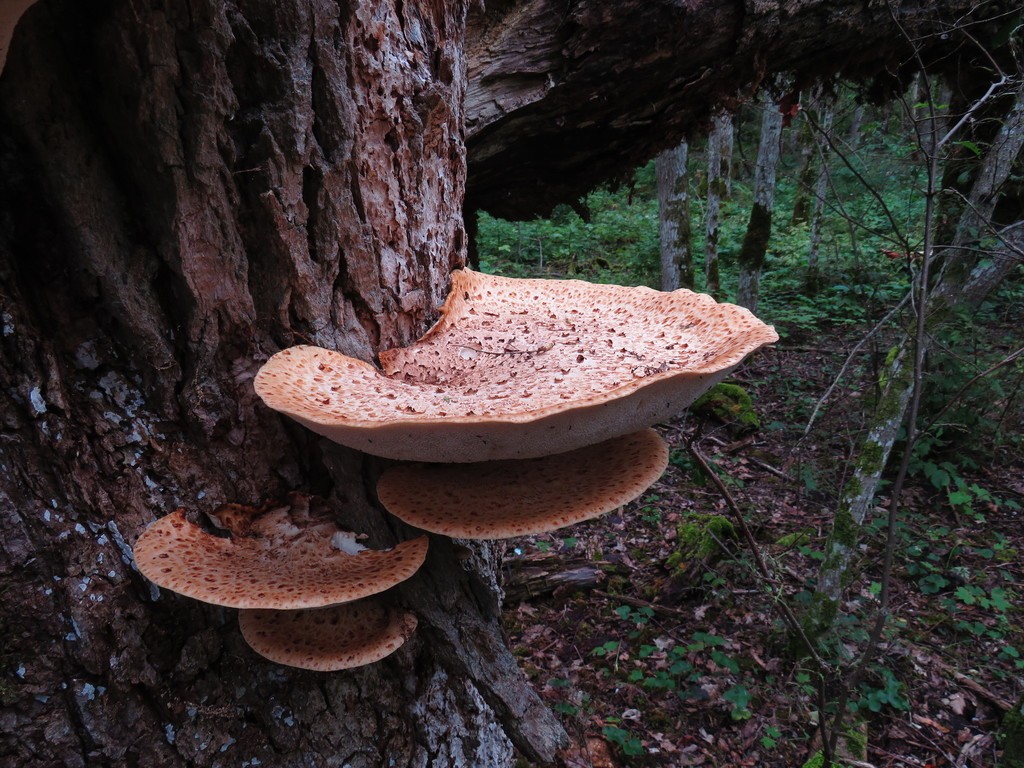
1. Dryad's saddle
A familiar sight to spring morel hunters, dryad's saddle is noteworthy for its large size, striking scales, and watermelon-like smell. Similar to other mushrooms in the bracket fungi family, dryad's saddle can be used to make paper. Younger mushrooms are better suited for this purpose due to their smaller and more consistent fibers.
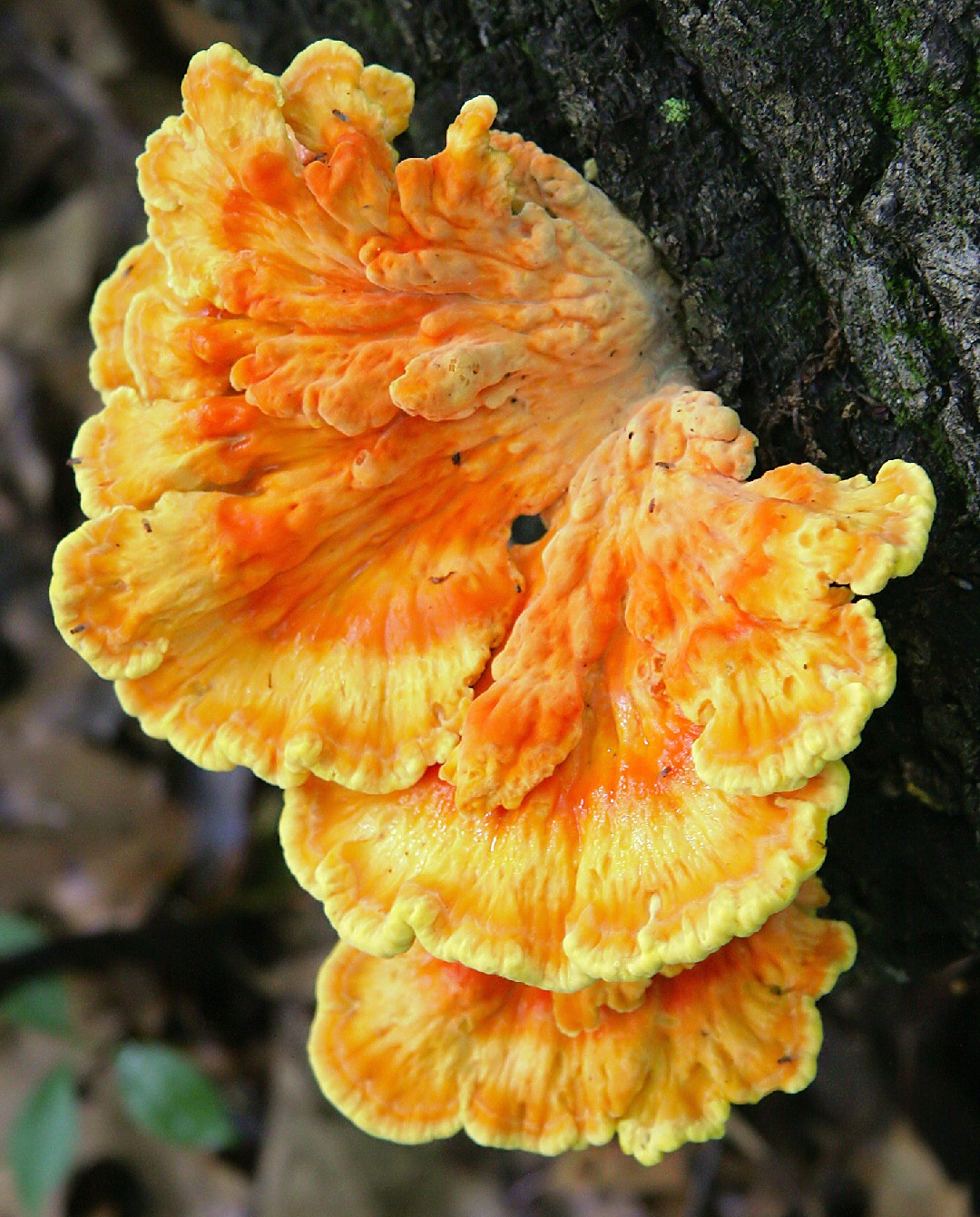
2. Chicken of the woods
Chicken of the woods is very noticeable in hardwood forests, appearing in clusters on standing tree trunks in bright orange and yellow hues that sometimes last through the entire winter. It is a parasite that causes an unfortunate brown heart rot, and is considered a particularly troublesome pest of Yew trees. If the fruitbodies can be seen, the tree is likely already beyond saving.
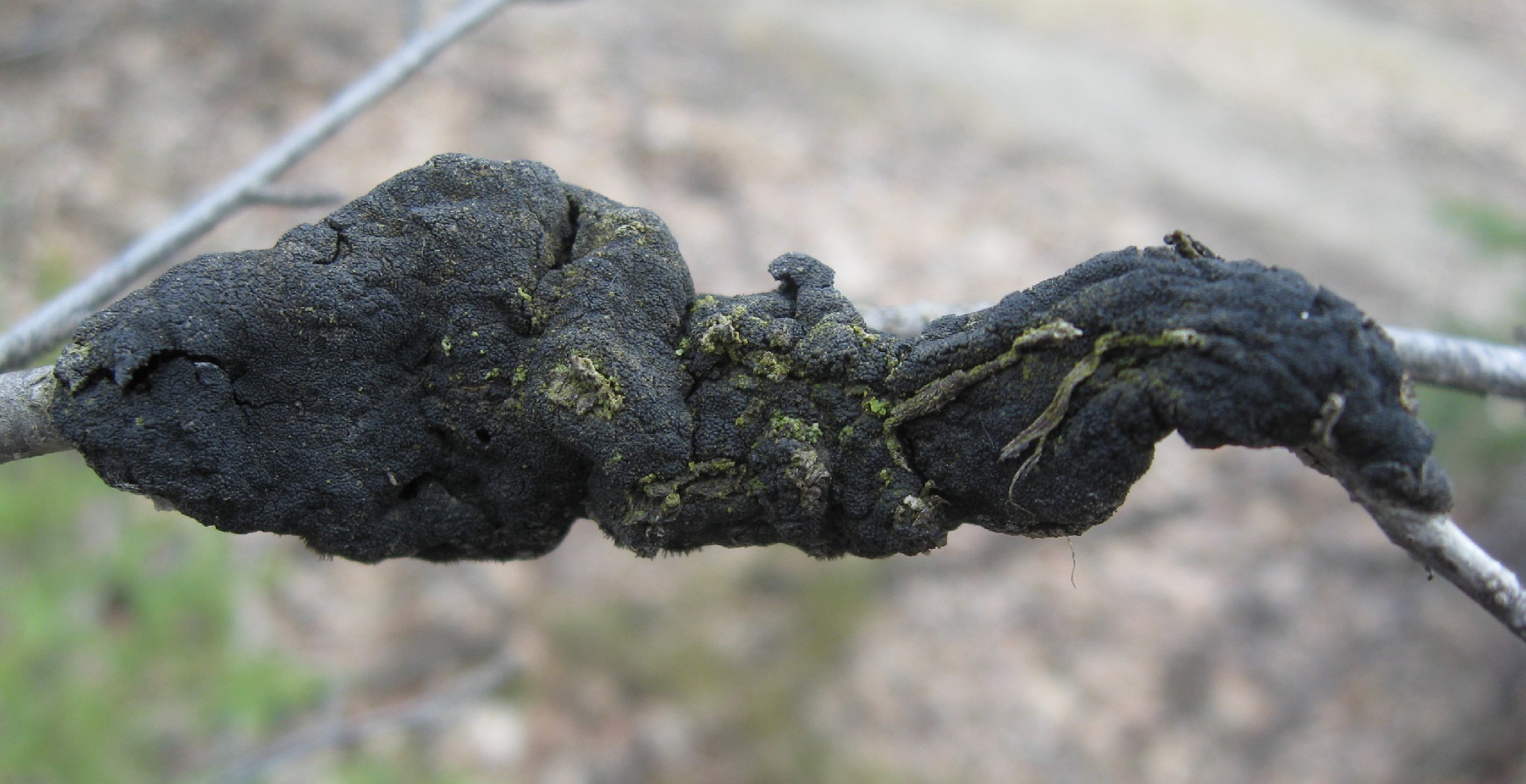
3. Black knot
The appearance of black knot (Apiosporina morbosa) is commonly found on various fruit-bearing trees and looks more like abnormally growing bark than it does a fungus. In youth, this bulbous growth is a lighter green but rapidly turns to dark brown and black. Black knot can kill trees and is not easily controllable using fungicides.
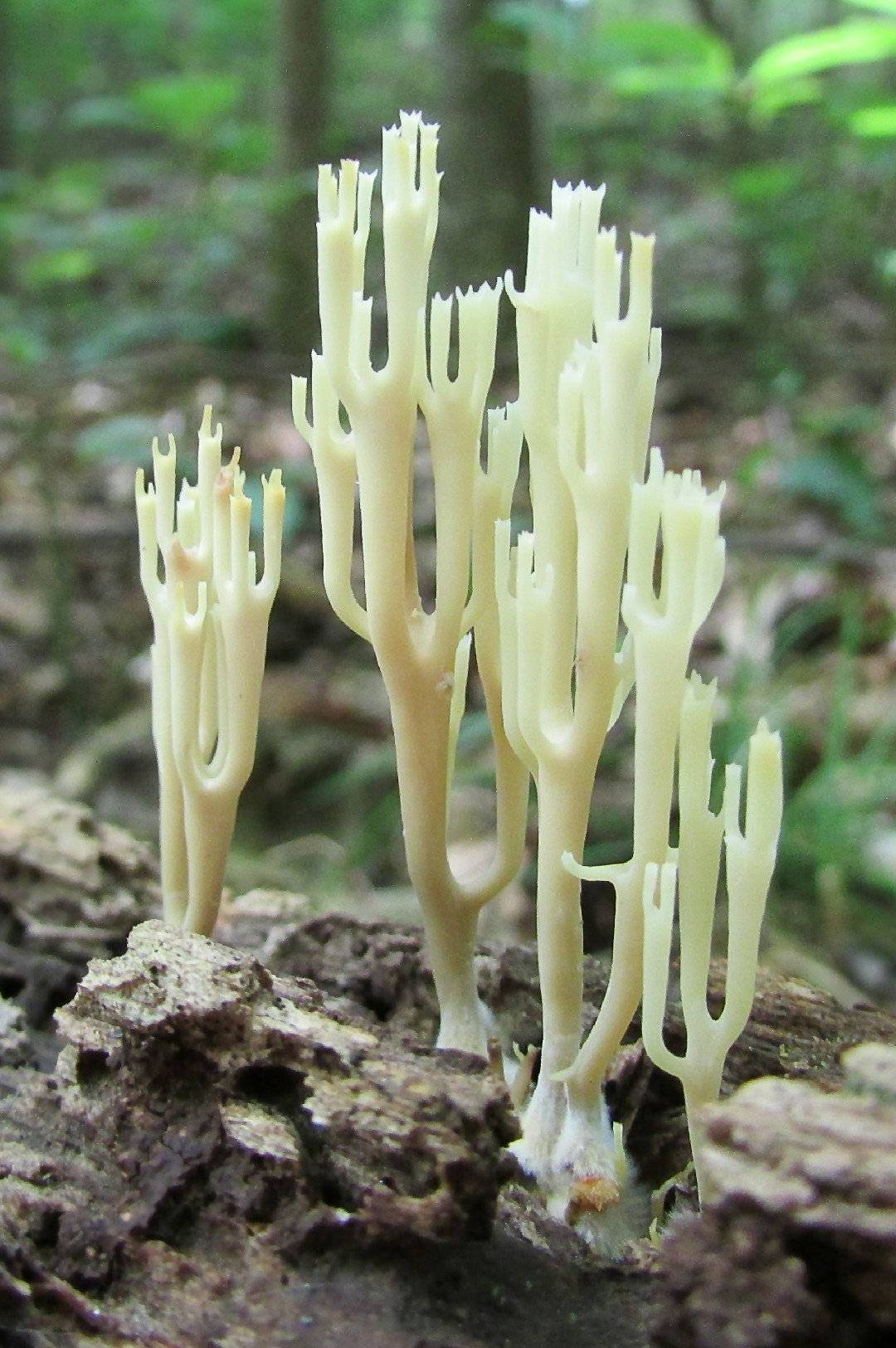
4. Crown-tipped coral
Crown-tipped coral(Artomyces pyxidatus) is a widespread but uncommon species in North America and Western Europe whose Latin name, meaning "box-like," is inspired by its structure. It is one of the few coral fungi to fruit on wood. After a period of absence lasting over a century, it has recently reappeared in Great Britain.
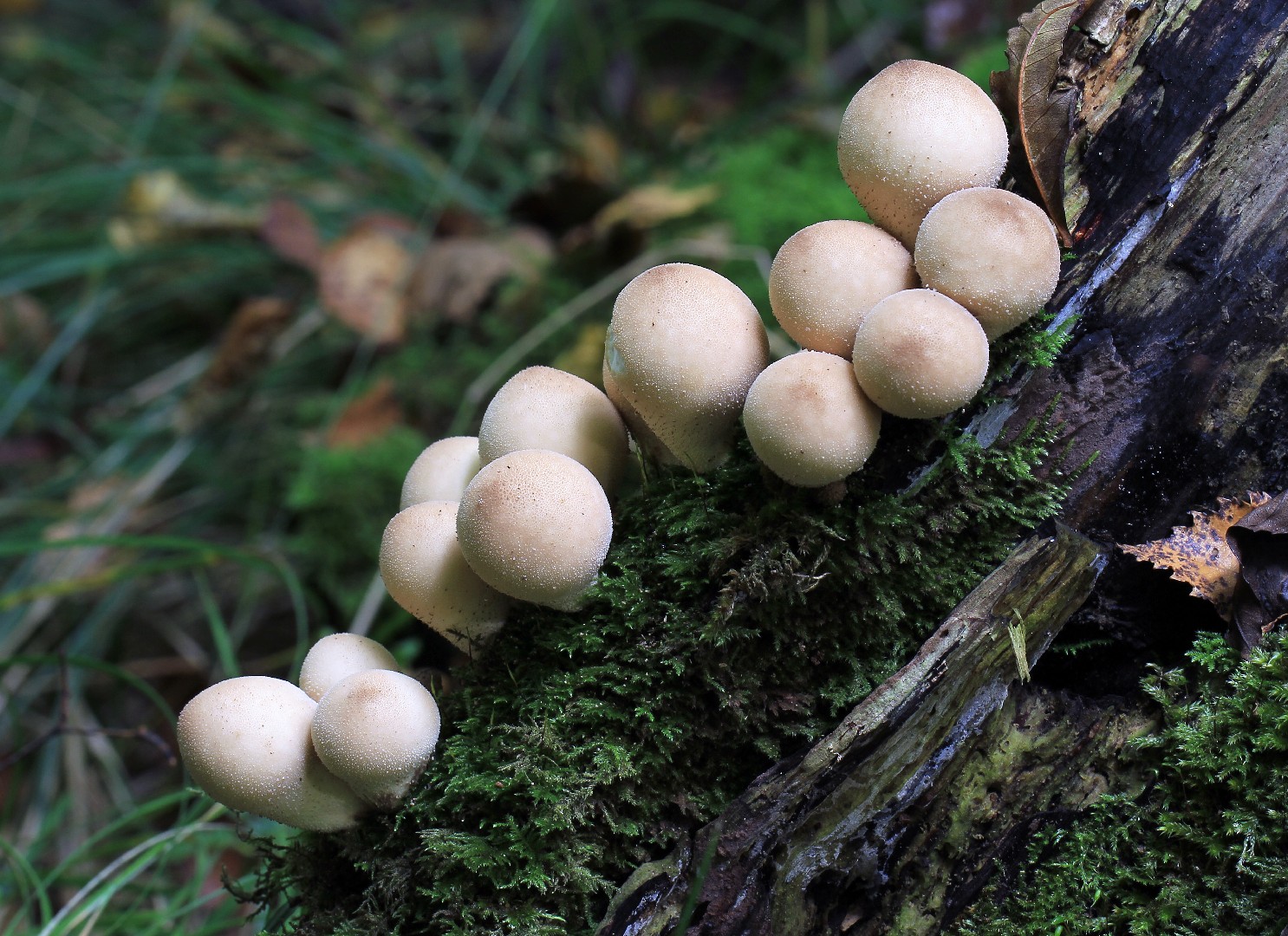
5. Pear-shaped puffball
The mushrooms of this species grow in such tight clusters that they may cover fallen trees and stumps almost entirely in a brownish, puffy coat. Pear-shaped puffballs appear all around the northern hemisphere on decaying hardwoods from fall through winter.
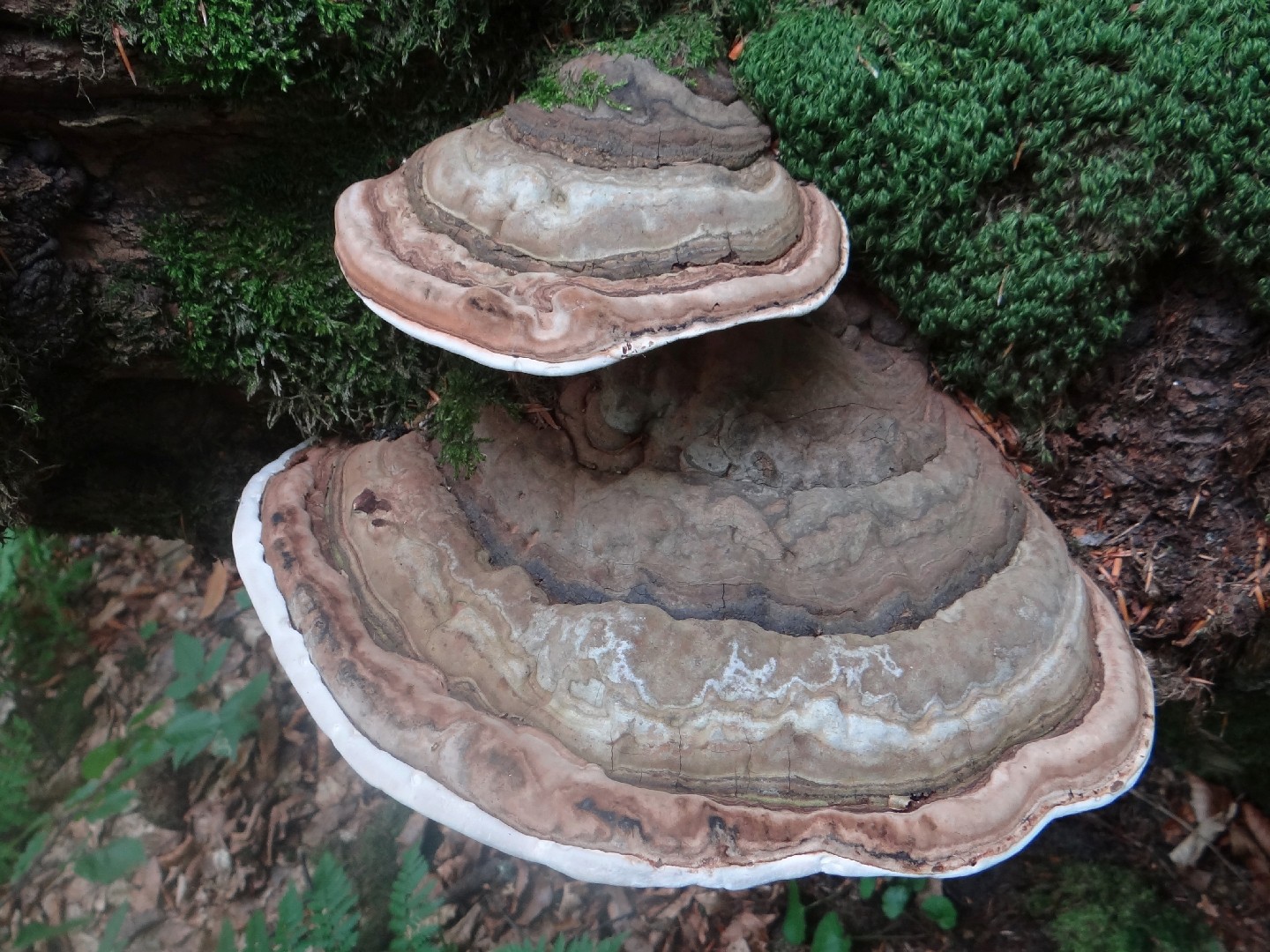
6. Artist's conk
This shelf fungus can live for several consecutive years and can be dated by the growth ridges seen on its dark surface. Artist's conk grows in tiered groups at the bases of oak, beech, and conifers, as well as deadwood. When its spores release, they cover the area with visible brown dust. Scratches in the white undersurface create dark lines.
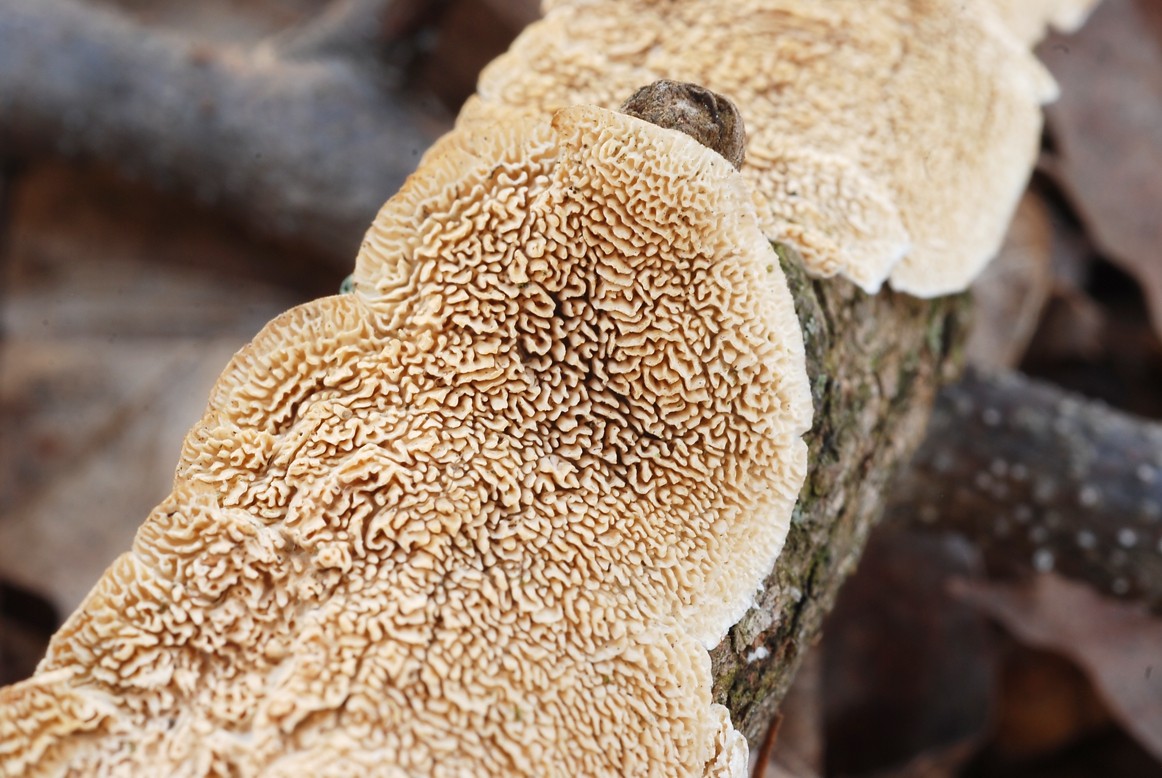
7. Milk-white toothed polypore
The milk-white toothed polypore (Irpex lacteus) is a tough polypore that has jagged, tooth-like ridges on its underside. Considered a "crust fungus," this species often coats the surfaces of dead branches and tree boles. A hardy generalist, the milk-white toothed polypore can be found in remote and urban areas alike. It has a global distribution, being found just about anywhere temperate forests are located.
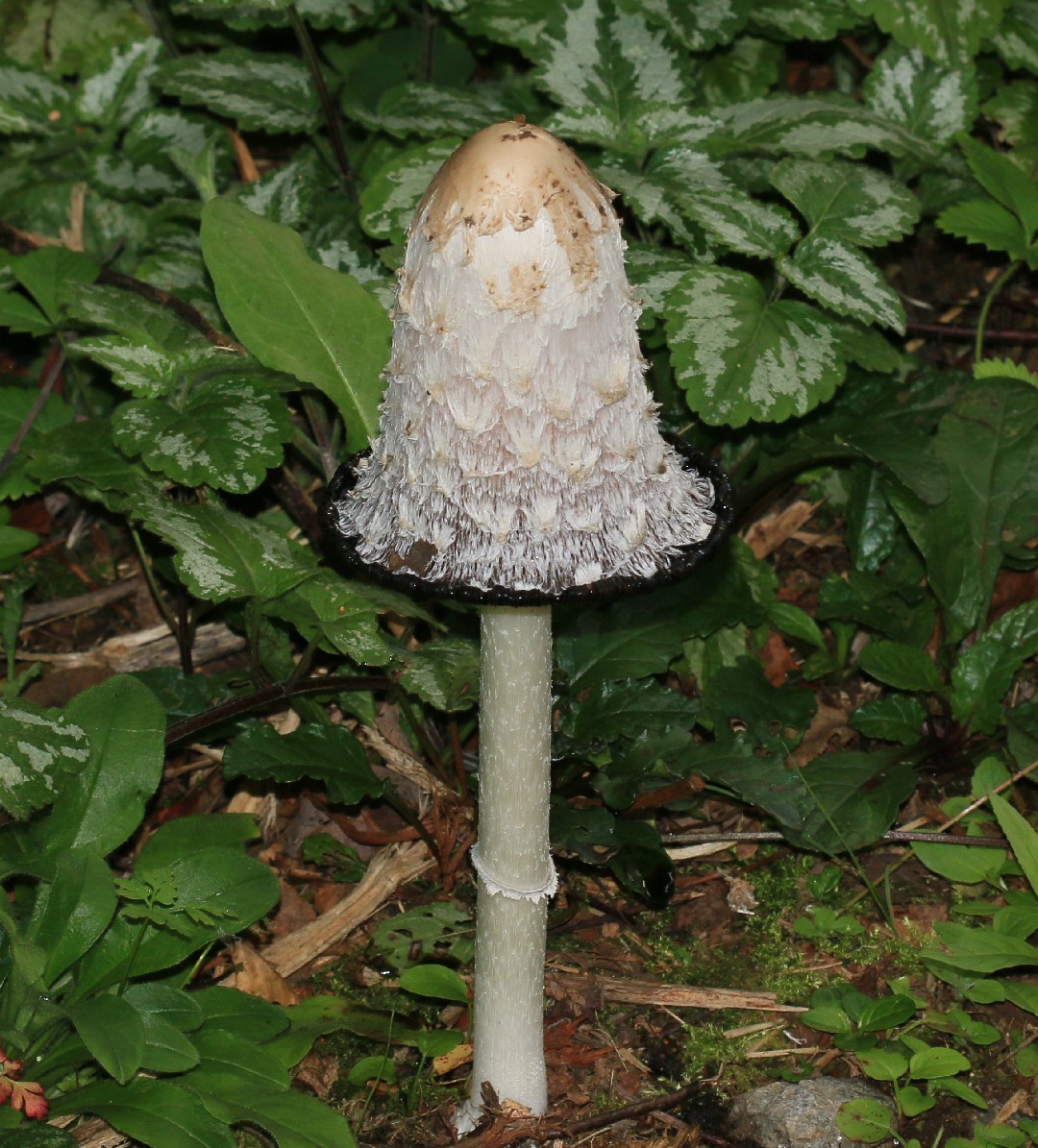
8. Shaggy mane
The shaggy mane mushroom is commonly found in North American and European grasslands. Some peoples foraged for its young egg-shaped caps, but it has more recently been found to be a bioaccumulator of heavy metals, meaning it pulls toxic metals up from the soil where it grows. As a result, shaggy manes should not be eaten. The mushrooms usually appear in clusters or “fairy rings.”
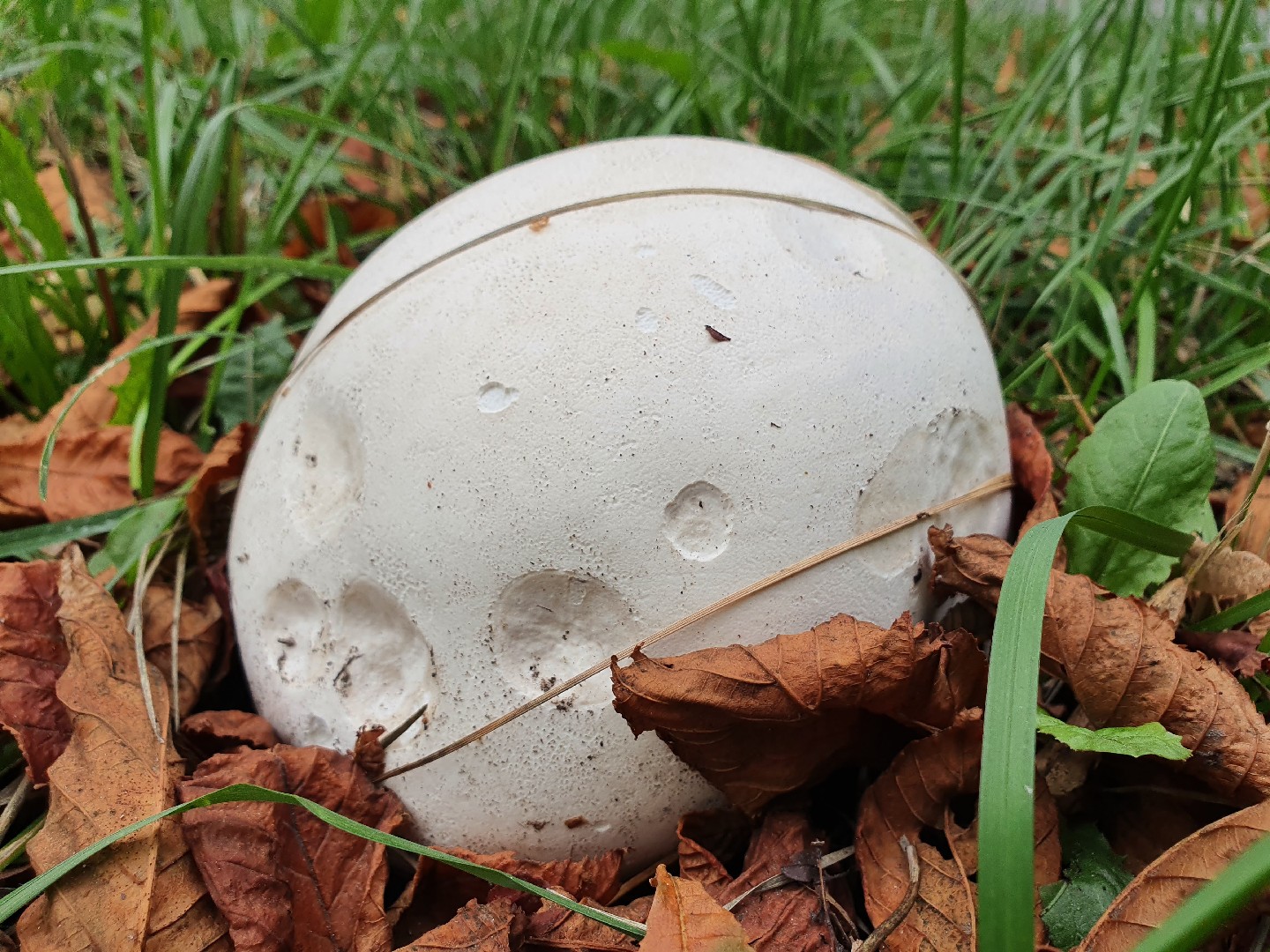
9. Giant puffball
These distinctive round, white fungi appear around the world in fields and at the edges of wooded areas. Living up to its name, a single giant puffball can grow as large as a watermelon. They have no stems, and produce trillions of spores that release into the air through holes in “puffs.” They have been used as slow-burning tinder and produce copious smoke when set aflame. Giant puffballs are technically edible, but should only be consumed when the mushroom is young and firm.
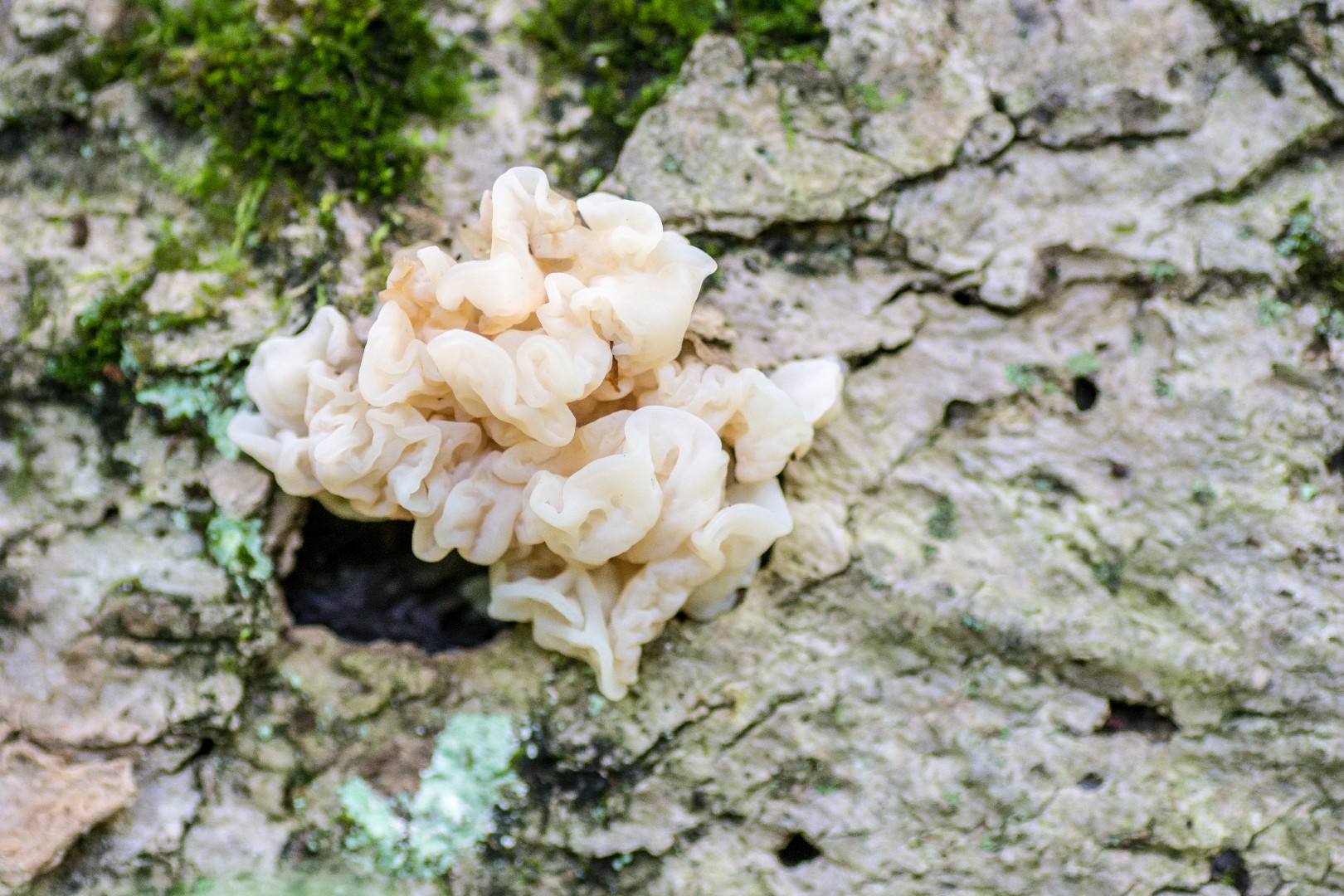
10. White jelly fungus
Unlike other jelly mushrooms, which are typically found on fresh deadwood, white jelly fungus grows on well-decayed wood from hardwood trees. Its fruiting body is indeed white, fading to muted brown hues with age. Its shape has garnered a wide range of comparisons, from brains to popcorn to coral.
More
